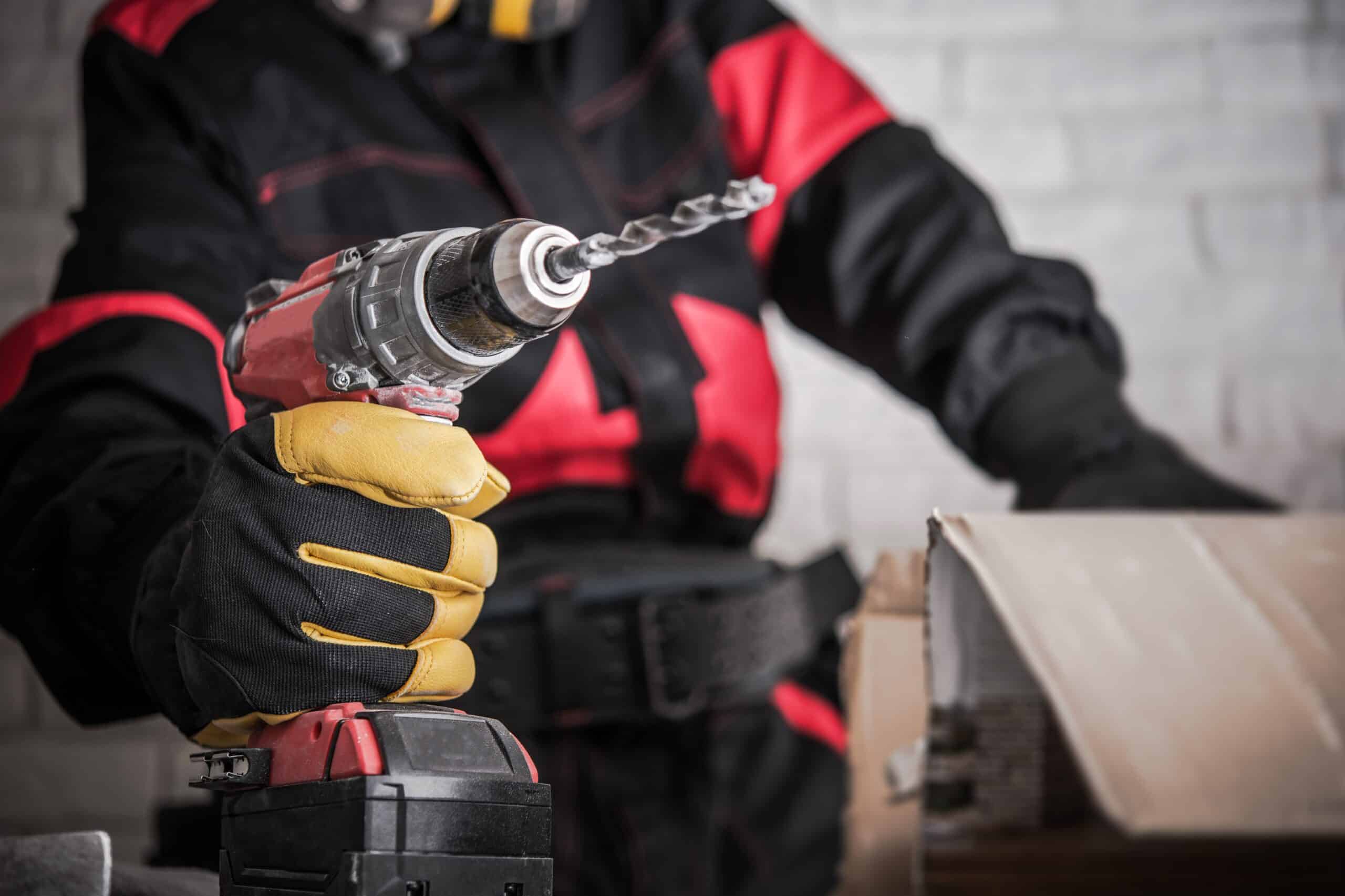What are the Four Rules for the Use of Hand Power Tools?
Key Takeaways
- Prior to using any hand or power tool, it’s important to thoroughly inspect it for wear, damage, or malfunction.
- Using the proper tool for the specific task is crucial for safety and efficiency.
- Wearing the appropriate Personal Protective Equipment (PPE) provides protection against injuries.
Hand and power tools are essential for many tasks, whether it’s for DIY projects or professional work. However, it’s crucial to use these tools safely to prevent accidents and injuries. To ensure the safe and efficient use of hand and power tools, there are four essential rules to follow:
1. Inspect Tools Before Use
Prior to using any hand or power tool, it’s important to thoroughly inspect it for any signs of wear, damage, or malfunction. Inspecting tools before each use helps identify potential hazards and ensures that they are in good working condition. Look for cracks, rust, or any other visible damage. Pay attention to the handles, cords, and blades. If any issues are found, the tool should be repaired or replaced before use.
2. Use the Right Tool for the Job
Using the proper tool for the specific task is crucial for both safety and efficiency. Each tool is designed for a specific purpose, and using the wrong tool can lead to accidents and damage. Take the time to understand the requirements of the job and select the appropriate tool accordingly. Using the right tool not only ensures better results but also reduces the risk of accidents.
3. Wear Personal Protective Equipment (PPE)
Personal Protective Equipment (PPE) is essential when working with hand and power tools. PPE includes items such as gloves, safety glasses, face shields, respirators, and hearing protection. Depending on the task and the potential hazards involved, different types of PPE may be required. Wearing the appropriate PPE provides protection against injuries from flying debris, sparks, noise, and harmful substances.
4. Follow Safe Operating Procedures
Following safe operating procedures is crucial for the safe use of hand and power tools. These procedures may vary depending on the specific tool and task, but there are general guidelines that apply to most situations:
- Stay Focused and Alert: It’s important to be fully present and attentive while using hand and power tools. Distractions can lead to accidents. Avoid using tools when you are tired, impaired, or under the influence of drugs or alcohol.
- Maintain a Clean and Organized Work Area: A cluttered work area increases the risk of accidents. Keep the work area clean, free of trip hazards, and well-lit. Store tools properly when not in use to prevent accidents and damage.
- Follow Manufacturer’s Instructions: Each tool comes with an operator’s manual or instructions for use. It’s important to read and understand these instructions before operating the tool. Following the manufacturer’s guidelines ensures safe and efficient use of the tool.
- Secure Workpiece and Use Stability Devices: When using handheld power tools, it’s important to secure the workpiece with clamps or stability devices. This prevents the workpiece from moving or slipping during use, reducing the risk of accidents.
- Avoid Loose Clothing and Jewelry: Loose clothing and jewelry can get caught in moving parts of hand and power tools, leading to serious injuries. Always wear appropriate work attire and avoid wearing anything that could potentially get entangled in the tool.
- Maintain Proper Ventilation: Some hand and power tools produce fumes or dust particles that can be harmful if inhaled. Ensure proper ventilation in the work area to minimize exposure to these substances.
- Unplug Power Tools When Not in Use: When a power tool is not in use, it’s important to unplug it to prevent accidental start-ups. This reduces the risk of injuries and also saves energy.
- Regularly Check for Equipment Issues: Regular maintenance and inspection of tools are essential to identify any loose screws, worn-out cords, or other equipment issues that may cause accidents or electrocution. Address any identified issues promptly to ensure safe tool operation.
By following these four rules and adhering to safe operating procedures, individuals can minimize the risk of accidents and injuries when using hand and power tools.
Related Websites:
FAQs:
Q: Why is it important to familiarize yourself with hand power tools?
Familiarity with hand power tools allows you to understand their purpose, features, and components. It also helps you identify potential hazards and safety precautions, ensuring safe and effective tool use.
Q: What safety gear should I wear when using hand power tools?
When using hand power tools, it is essential to wear appropriate safety gear such as safety glasses, gloves, and ear protection. Personal protective equipment (PPE) prevents injuries and creates a safe working environment.
Q: How should I maintain a safe work area when using hand power tools?
To maintain a safe work area, ensure it is clutter-free and well-lit. Remove potential hazards like loose clothing or jewelry. Keep bystanders, especially children and pets, at a safe distance to prevent accidents.
Q: What are the correct handling and operating techniques for hand power tools?
To handle hand power tools correctly, hold and grip them for stability and control. Maintain a firm stance and balanced posture while using the tool. Use the appropriate speed and force for each task to ensure safety and efficient operation.
Q: Why should I adhere to the four rules for the use of hand power tools?
Adhering to the four rules for the use of hand power tools ensures personal safety and successful tool operation. Following these rules minimizes the risk of accidents, injuries, and damage, providing a safer and more productive work environment.





